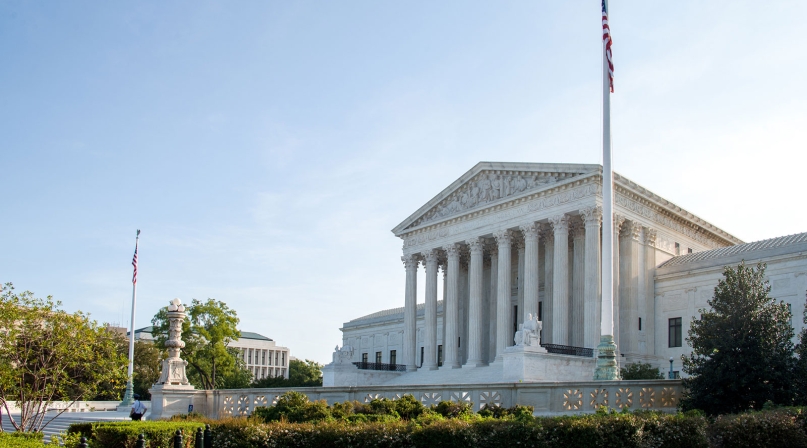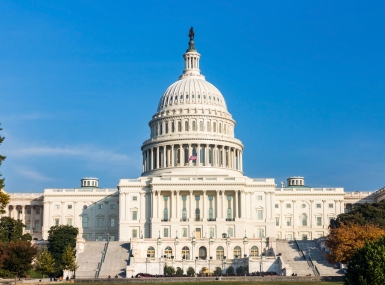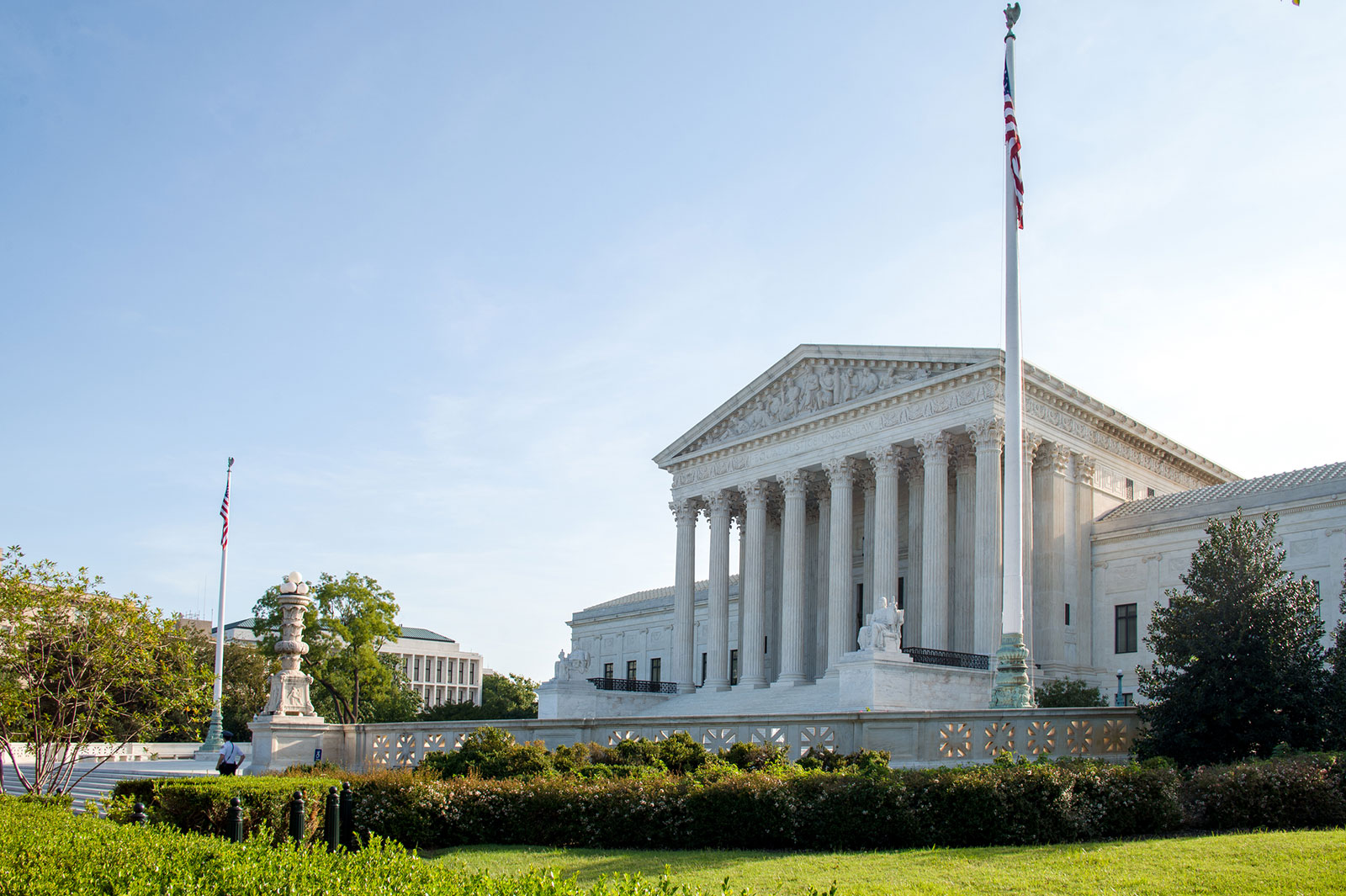U.S. Environmental Protection Agency (EPA) releases draft guidance interpreting the U.S. Supreme Court’s Maui decision
Upcoming Events
Related News

Key Takeaways
On December 8, the U.S. Environmental Protection Agency released draft guidance interpreting the Supreme Court’s ruling in County of Maui v. Hawaii Wildlife Fund (Maui) – a case surrounding the Clean Water Act (CWA). In Maui, the Supreme Court held 6-3 that when there is a “functional equivalent of a direct discharge” from a point source to navigable waters, an appropriate permit is required under the CWA. The draft guidance attempts to provide clarity for regulated entities that fall under CWA federal jurisdiction. EPA is accepting public comments through January 11, 2021. Comments can be submitted at www.regulations.gov and identified by Docket ID No. EPA-HQ-OW-2020-0673.
Under the CWA, navigable waters, known as “waters of the United States” (WOTUS), fall under federal jurisdiction and require appropriate permitting. Over the past four decades, all three branches of government have struggled with how to interpret the meaning of WOTUS, which has resulted in extensive litigation and confusion on the county level. For more information on WOTUS and Maui, click here.
In the draft guidance, EPA provides three criteria for pollutants that require a CWA permit:
- Pollutants need to actually reach waters of the U.S.;
- Pollutants need to be discharged from a point source in the first place;
- Pollutants need to flow through the groundwater in a manner and at a speed that is the functional equivalent of a direct discharge.
Counites have a vested interest in a clear WOTUS definition. Clean water is essential to our nation’s counties who are on the front lines of protecting the citizens we serve through preserving local resources and maintaining public safety. Across the country, counties own and maintain public safety ditches including road and roadside ditches, flood control channels, stormwater culverts and pipes, and other infrastructure that is used to funnel water away from low-lying roads, properties and businesses to prevent accidents and flooding incidents. It is likely that the next administration will continue to attempt to define WOTUS. As they do, NACo will continue to provide analysis and guidance.
Related News

U.S. House of Representatives passes SPEED Act and other permitting reform bills
On December 18, the U.S. House of Representatives passed the SPEED Act (H.R. 4776). The SPEED Act would strengthen county involvement in decision-making and make needed commonsense reforms to the federal environmental review process.

House Natural Resources Committee advances the Endangered Species Act Amendments Act of 2025
On December 17, the House Natural Resources Committee advanced the Endangered Species Act (ESA) Amendments Act of 2025 (H.R. 1897). The version passed by the committee adopted several changes from the initial bill and would address key county concerns by improving the implementation of the ESA. The legislation now awaits a floor vote before the whole U.S. House of Representatives.

Senators introduce bipartisan UPGRADE Act to support small and rural public water systems
On December 15, Sens. Lisa Blunt Rochester (D-Del.) and Roger Wicker (R-Miss.) introduced the Unincorporated Partnerships for Grant Resources, Assistance, and Drinking Water Enhancements (UPGRADE) Act (S. 3465), a bipartisan bill that would strengthen federal support for small public water systems and helps unincorporated communities access clean and affordable water.
